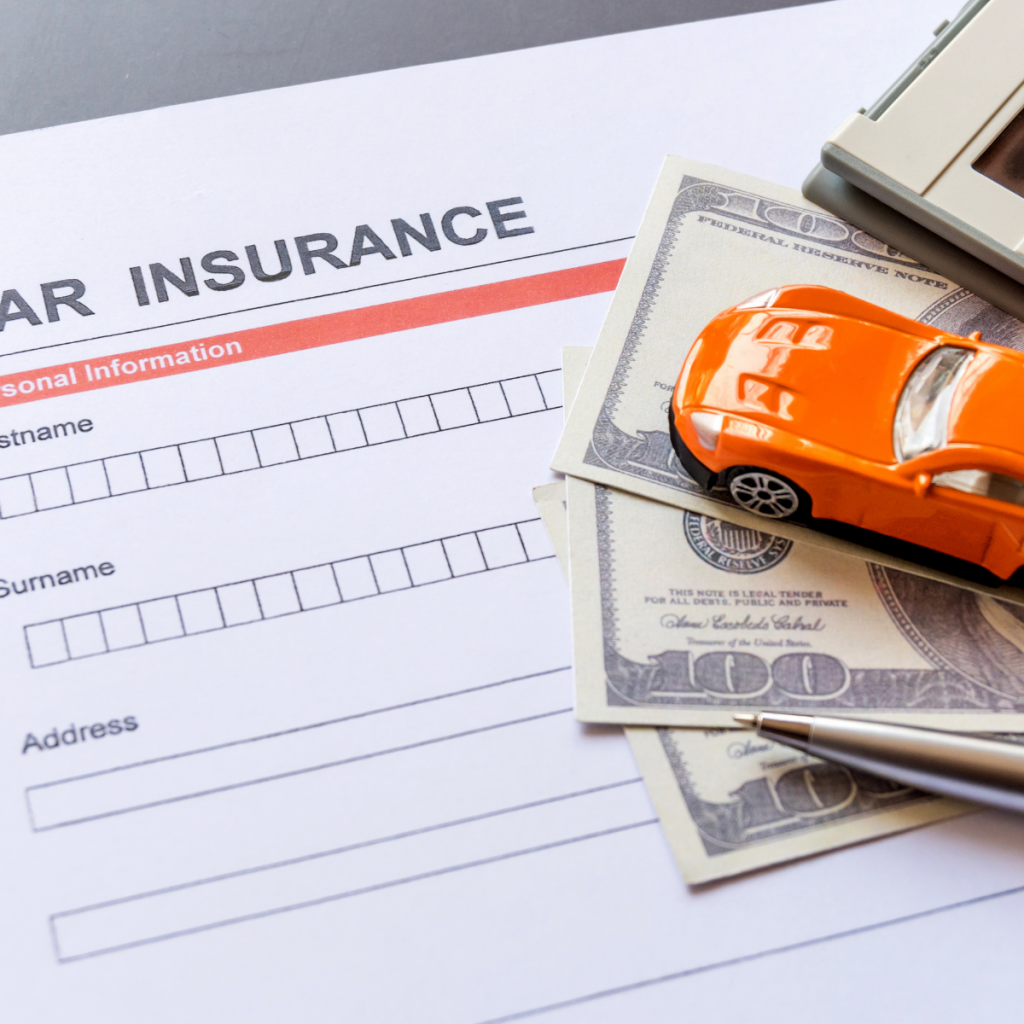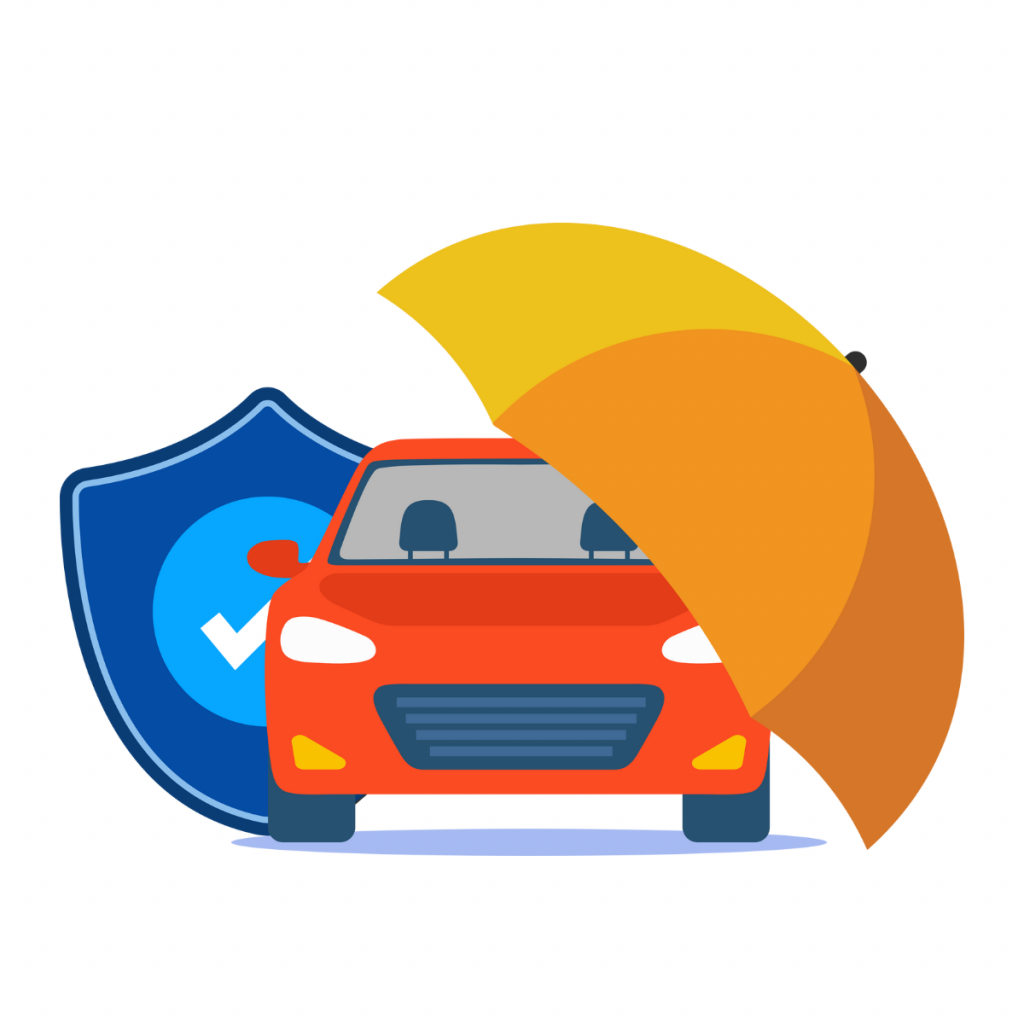When shopping for car insurance, it’s easy to become overwhelmed by the array of terms and jargon used in the industry. Understanding these terms is crucial for making informed decisions about your coverage, ensuring that you’re properly protected on the road, and finding the best rates. In this guide, we’ll break down the essential car insurance terms you need to know, from basic coverage types to the finer details that influence your premium. By the end of this article, you’ll have a clear understanding of how car insurance works and how to navigate the often-confusing terminology associated with it.
1. Premium
The premium is the amount you pay to your insurance provider for coverage. Premiums can be paid monthly, quarterly, or annually, depending on your policy. Several factors determine the cost of your premium, including the type of coverage, your driving history, the make and model of your vehicle, and your location. It’s important to note that the premium is not a one-time fee but a recurring cost that you will pay for as long as you maintain insurance.

Factors Affecting Premiums
The price of your premium is influenced by multiple factors, including:
- Age and experience: Younger, less experienced drivers typically face higher premiums.
- Driving record: A history of accidents or violations can drive up the cost.
- Location: Insurance costs may be higher in urban areas due to a higher risk of accidents and theft.
- Vehicle type: Expensive or high-performance cars tend to cost more to insure.
Understanding these factors can help you make decisions that could lower your premium without sacrificing essential coverage.
2. Deductible
A deductible is the amount you are required to pay out of pocket before your insurance coverage kicks in after a claim. A higher deductible usually results in a lower premium because you are agreeing to take on more financial responsibility in the event of an accident or damage. However, it’s important to choose a deductible that fits your budget, as you’ll need to pay this amount before your insurer covers the rest.
How to Choose a Deductible
When selecting a deductible, consider factors such as your financial situation and how much you can afford to pay in the event of a claim. While raising your deductible can save you money on premiums, make sure it won’t cause a financial strain if you need to file a claim.
3. Liability Coverage
Liability coverage is a mandatory form of car insurance that protects you if you cause an accident that results in injury or damage to others. It consists of two parts:
- Bodily Injury Liability (BI): Covers medical expenses for others if you are at fault in an accident.
- Property Damage Liability (PD): Pays for damage to another person’s property, such as their car or a fence, if you are at fault.
In many states, having liability insurance is a legal requirement for drivers. The minimum required coverage varies by state, but it’s often recommended to purchase more than the minimum to ensure sufficient protection in case of a serious accident.
4. Collision Coverage
Collision coverage pays for repairs or replacement of your car if it’s damaged in a collision, regardless of who is at fault. This coverage applies when you collide with another vehicle or an object, such as a tree or a guardrail. Collision insurance is typically optional, but it is highly recommended if your car has a high value or if you have a car loan, as it can help you cover the costs of repairs or replacement.
Why Collision Coverage Is Important
If you have an older car, collision coverage may not always be worth the cost. However, for newer or more expensive vehicles, this coverage is essential to protect your investment in case of an accident.
5. Comprehensive Coverage
Comprehensive coverage helps pay for damage to your car caused by events that are not related to a collision. These events can include theft, vandalism, fire, hail, falling objects, or animal collisions. Comprehensive insurance is typically optional, but if you have a loan or lease on your car, your lender may require it.
The Benefits of Comprehensive Coverage
Comprehensive coverage provides peace of mind by protecting your vehicle from a wide range of potential threats that could cause significant damage or loss. Without it, you could be left paying for repairs or replacement out of pocket.
6. Uninsured/Underinsured Motorist Coverage
Uninsured/underinsured motorist coverage protects you if you’re in an accident with a driver who either doesn’t have insurance or lacks enough coverage to pay for your damages. If the at-fault driver is uninsured or underinsured, this coverage will help pay for medical expenses and property damage.
Why You Need Uninsured/Underinsured Motorist Coverage
Unfortunately, not all drivers carry enough insurance, or any insurance at all. This type of coverage ensures that you’re not left financially responsible for damages caused by another driver who is inadequately insured.
7. Personal Injury Protection (PIP)
Personal Injury Protection (PIP), also known as no-fault insurance, covers medical expenses for you and your passengers regardless of who caused the accident. PIP also often covers lost wages and other expenses related to the injury. In some states, PIP is mandatory, while in others, it is optional.
What PIP Covers
- Medical expenses for you and your passengers
- Lost wages if you are unable to work due to an injury
- Funeral expenses in the event of a fatal accident
This type of coverage is particularly beneficial if you don’t have health insurance or if you want to avoid using your own health insurance after an accident.
8. Gap Insurance
Gap insurance covers the difference between the actual cash value (ACV) of your car and the remaining balance on your car loan or lease if your vehicle is totaled. If your car is involved in a major accident, your insurance payout may be less than the amount you owe on your loan, especially if the car depreciates quickly.
Why Consider Gap Insurance
If you have a new or leased car, gap insurance can provide extra protection in case your car is totaled and you owe more than it’s worth. It ensures that you’re not left with a significant financial burden after an accident.
9. Actual Cash Value (ACV) vs. Replacement Cost
When it comes to car insurance claims, you may hear the terms actual cash value (ACV) and replacement cost. The difference between these two is important when determining how much you’ll be reimbursed if your car is damaged or totaled.

- Actual Cash Value (ACV): The ACV of a car is its market value at the time of the accident, minus depreciation. This means you’ll receive a payout based on how much your car was worth before it was damaged, taking into account factors such as age and condition.
- Replacement Cost: This covers the full cost of replacing your car with a similar one without factoring in depreciation. Replacement cost coverage can provide a higher payout than ACV, making it a valuable option if you have a newer or more expensive vehicle.
10. Claims Process
The claims process is the procedure you follow when filing a claim with your insurer after an accident or damage. It typically involves notifying your insurance company, providing documentation of the damage, and working with an adjuster to assess the extent of the repairs or replacement costs. Your insurance provider will then determine the payout based on your coverage and the details of the accident.
Steps in the Claims Process
- Report the accident to your insurance company.
- Provide necessary information, including the police report and any photos of the damage.
- Work with an adjuster who will assess the damage and provide an estimate.
- Your insurer will determine how much you are eligible to receive based on your policy.
Conclusion
Understanding car insurance terms is crucial for making informed decisions when purchasing coverage for your vehicle. By familiarizing yourself with terms like premium, deductible, liability coverage, and comprehensive coverage, you can better navigate the car insurance world and ensure you’re getting the protection you need. Whether you’re a new driver or have been on the road for years, taking the time to fully understand your car insurance policy will help you save money and make smarter decisions regarding your vehicle’s protection. Always ask questions and review your policy regularly to ensure it suits your needs and provides adequate coverage.

Leave a Reply